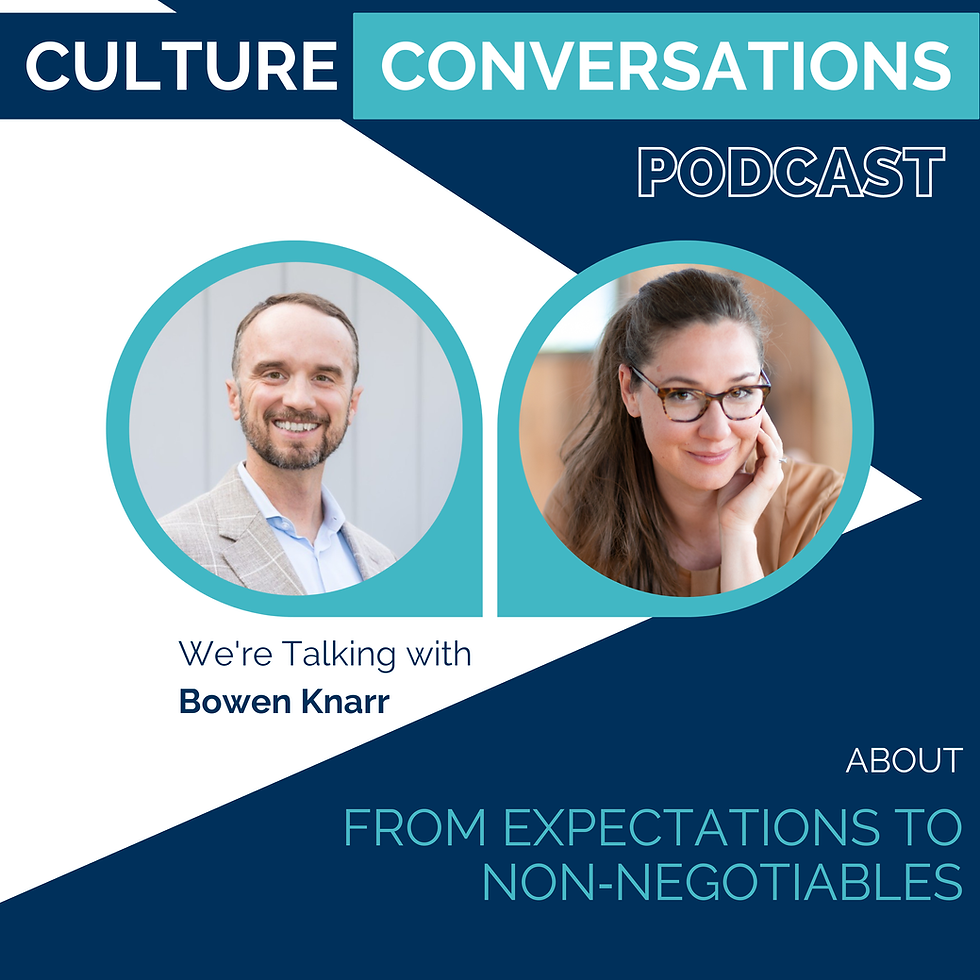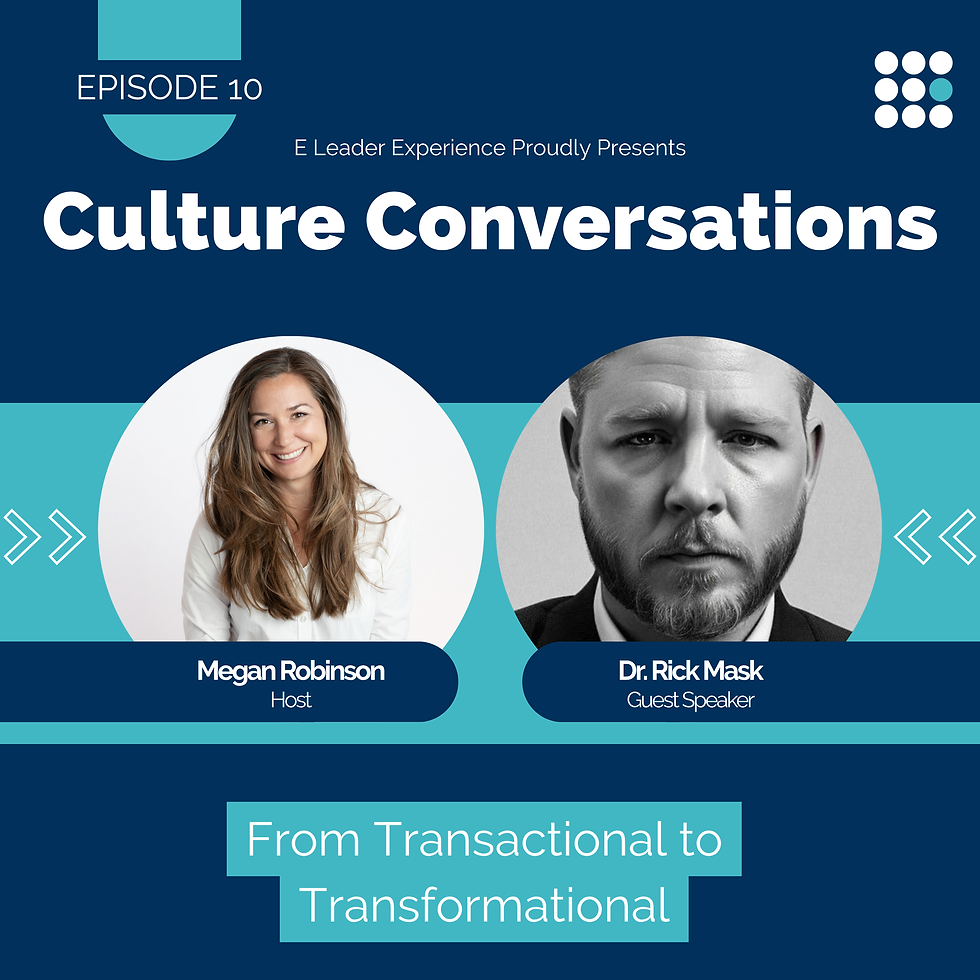How to Battle Decision Fatigue
- Megan Robinson

- Mar 31, 2023
- 3 min read
Updated: Apr 25, 2023
Sometimes at the end of the day, I wish I didn't even have to choose what to eat, drink, or watch, and someone would just put some pasta in my bowl, a cup of tea in my hand, and turn on Ted Lasso. Because unfortunately, many days I'm making project plans, outlining strategies, and answering so many questions that my brain would rather go to autopilot than make one more decision.
Decision fatigue is a real issue – one workplace leaders frequently face. The shutdown happens quickly. You don't necessarily feel yourself approaching exhaustion, but you suddenly find yourself there.

I've noticed that in the workplace, leaders respond to decision fatigue in three classic ways: fight, flight, or freeze. That’s right, a decision becomes stressful and therefore threatening so your natural instincts kick in.
Yes, this was also the natural response of cavemen coming face-to-face with a wooly mammoth, but we still see it today in the workplace. Let’s break down these responses so we can better recognize these tendencies in ourselves and prepare to change how we might approach the very threatening decision fatigue.
Flight. Flight most often takes the form of ignoring or brushing off the decision you have to make. It might respond with a quick, "I don't care." Unfortunately, this can be quite demoralizing for your team. When your team takes the time to come to you about an issue and ask for your decision, that's not the time to disengage. Sometimes the decision can wait, but other times, a delay can mean a missed opportunity.
In one Gallup poll, respondents were asked to rate the importance of sixteen characteristics when evaluating presidential candidates. Being “a strong and decisive leader” was considered “essential” by 77% of respondents, the highest of any characteristic, and “not that important” by 1% of respondents, the lowest of any characteristic.
Leaders are looked to and expected to make decisions. The more you avoid it, the less successful you will be.
Freeze is another unfortunate response to decision fatigue. Freeze usually comes when

there is a lot of ambiguity in the environment. I saw many examples of this in the fall of 2022. Leaders wanted to wait and see what would happen with the economy before making strategic plans for the following year, but budget deadlines were passing them by. You can't make a budget without a strategic plan, but no one was willing to make a stand for what direction to take their organization. Most times, a decision is better than no decision as long as you can stay flexible. With coaching, leaders can learn to find a way forward.
Fight is the response you want to have when you are facing decision fatigue. That's the answer to keeping your motivation and direction.
Let's be clear – you are not fighting blindly, and you are not fighting against your team. Instead, you take on a collaborative fight to keep your team's momentum to get to your result. You need to fight for the right priorities, fight for the goals and fight for your values. When you keep the overall strategy in mind, the decisions are much easier.
Use deep listening skills, adjust plans based on data, pay attention to outside factors, and fight against fatigue to make a decision that will keep you and your team on track. It won't be easy, but that is the only way to keep moving forward.
Middle managers are the most susceptible to decision fatigue and even burnout. They are new to the barrage of responsibilities and being pulled in all directions.
Plus, the pressures both from the top and the bottom can challenge their ability to make the best decisions in the first place. If your team could use more management and directing skills, let's have a conversation about how we can elevate leadership skills and encourage better decision-making in your organization.




Comments